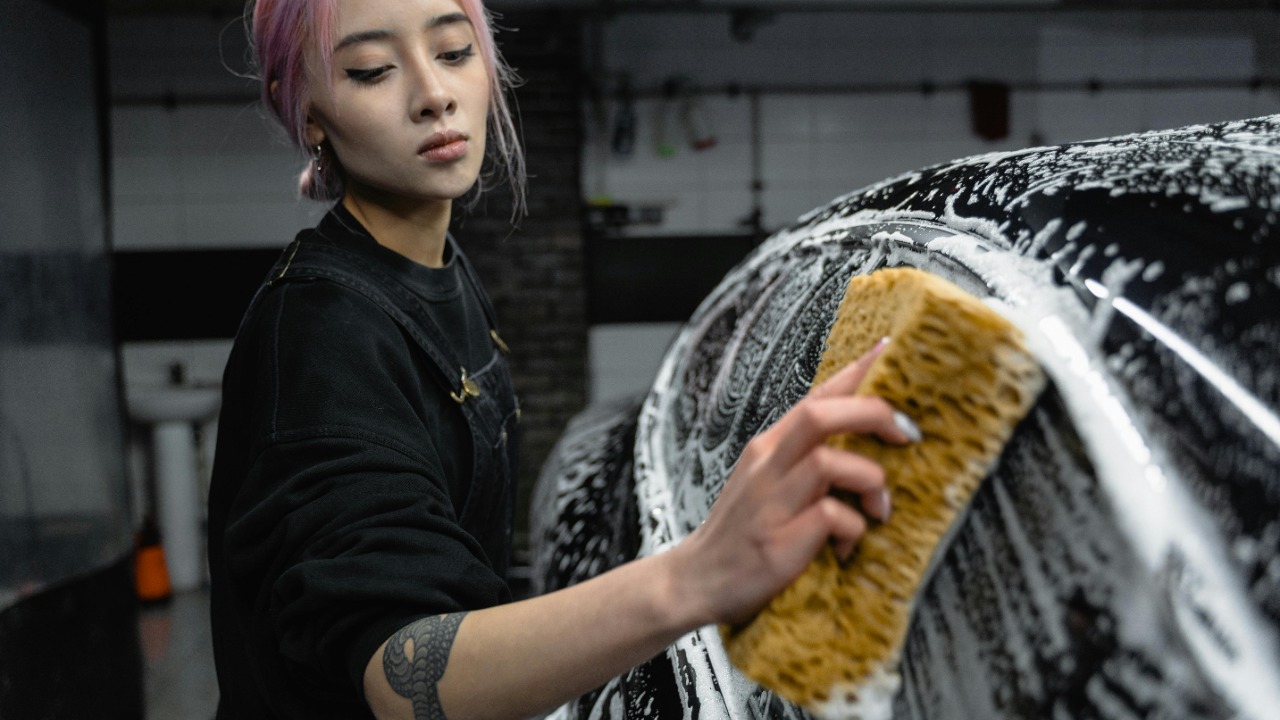
For many car owners, a shiny, spotless vehicle is a point of pride. However, a recent Cheapism article reveals that excessive washing can actually accelerate wear on your car’s paint and clear coat. This surprising fact underscores a broader pattern seen in everyday items, where over-cleaning can lead to damage. By understanding these risks, you can balance aesthetics with longevity and prevent costly repairs down the road.
The Hidden Costs of Over-Washing Your Vehicle
While it’s important to keep your car clean, frequent washing can erode the factory-applied wax and sealant layers. This leads to faster oxidation and UV damage, which can dull your car’s finish over time. Environmental factors like road salt and pollutants can accumulate on your car’s surface, but daily rinsing can be counterproductive. Instead of protecting your car, it can actually accelerate the wear process.
Automated car washes, while convenient, can also contribute to this problem. The abrasive brushes used in these washes can cause paint to fade over time. This is a subtle way that your car can be damaged without you even realizing it, as highlighted in the Cheapism report.
How Water Quality Affects Your Car’s Finish
Another factor to consider when washing your car is the quality of the water you’re using. Hard water, which contains high levels of minerals, can leave deposits that etch into your car’s clear coat. This is similar to the way hard water can affect hair, causing it to become dull and brittle.
To mitigate this, you can use filtered water or even a vinegar rinse to remove mineral buildup. This is a technique often recommended for hair care, but it can also be applied to car washing. However, it’s important to note that water hardness can vary by region, so those in areas with high mineral content may need to take extra precautions when washing their cars.
Recommended Frequency for Safe Car Cleaning
So, how often should you wash your car to keep it clean without causing damage? The consensus among experts is every two weeks, or after major exposure to grime. This contrasts with the overzealous daily washing habits that the Cheapism article identifies as damaging.
This advice is similar to fabric care guidelines, such as washing winter coats only a few times per season to preserve their integrity, as suggested in a Reader’s Digest piece. Seasonal adjustments may be necessary, such as more frequent rinses in winter to remove road salt, but spot-cleaning is generally recommended to avoid stripping protective barriers.
Spotting Damage from Excessive Washing Habits
Early signs of damage from excessive washing can include dull paint or a loss of water beading on your car’s surface. These are routine errors that car owners often overlook, as pointed out in the Cheapism article. Other diagnostic tips include checking for swirl marks from improper drying, and looking for signs of hard water residue.
If you notice any of these signs, it may be time for a professional inspection. As the Cheapism article emphasizes, it’s better to prevent damage than to correct it after it has occurred.
Protective Strategies to Wash Smarter, Not Harder
To minimize the risk of damage, consider using pH-neutral soaps and microfiber tools when washing your car. These can help to reduce abrasion and protect your car’s finish. After washing, it’s also important to restore protection by waxing your car at regular intervals, similar to the frequency recommendations for washing winter coats in the Reader’s Digest guide.
Finally, consider using touchless or self-serve car washes for less aggressive cleaning. However, be cautious of hard water sources, as these can cause damage, as highlighted in the The Manual article.